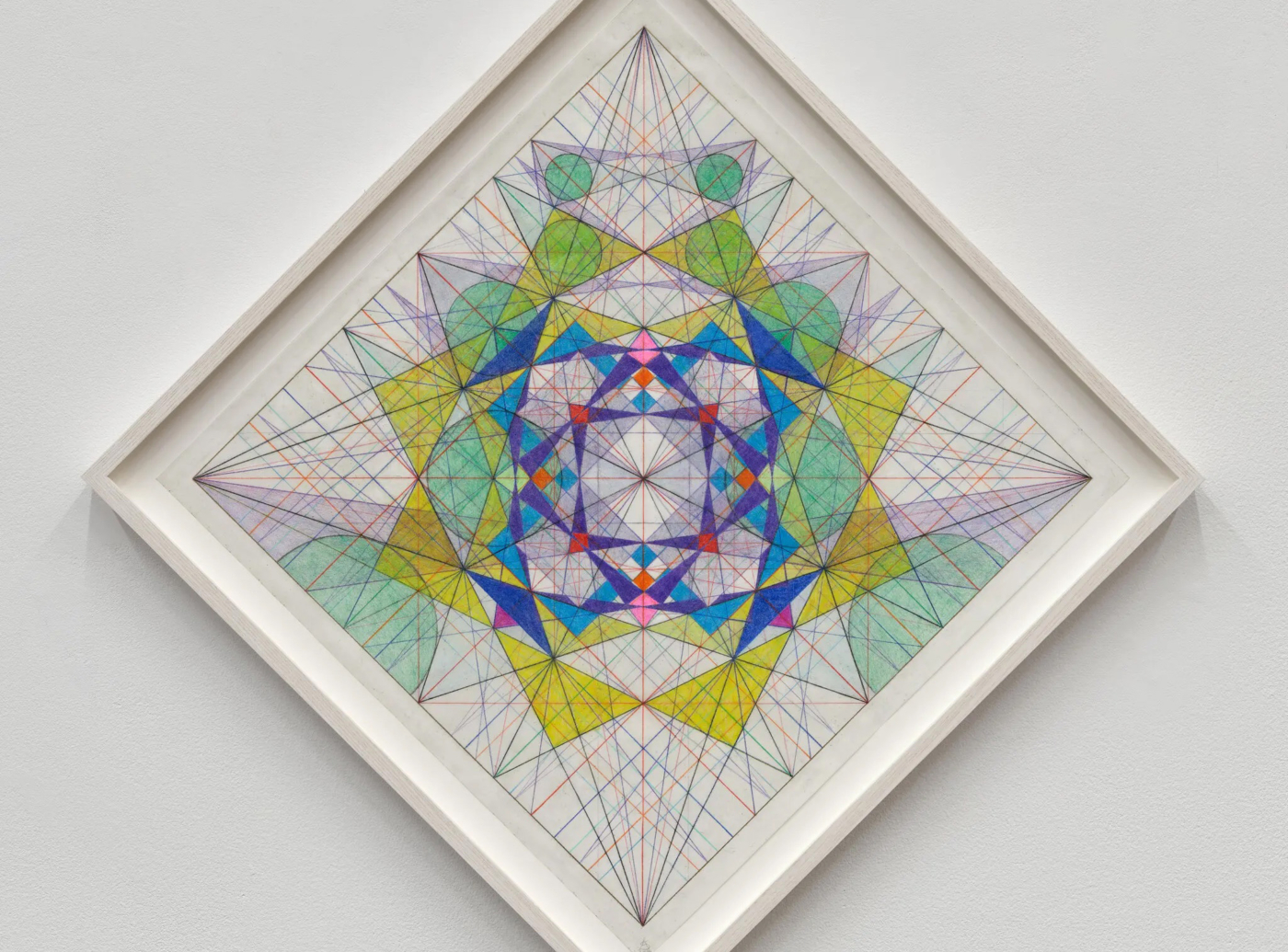
May 29, 2024
In the late 1960s and early ’70s, Alan Saret’s delicately chaotic sculptures and drawings — sensuous tangles of wire and whorls of colored pencil — were part of the cerebral work promoted at Bykert, the short-lived but influential gallery that provided wide latitude to post-Minimalist artists like Brice Marden and Lynda Benglis. Yet even that laxity proved too constraining for Saret, who chafed at being hemmed in, often to the point of self-sabotage. (He supposedly pulled out of a Whitney showcase in 1969 because he didn’t like the title.)
Saret’s allergy to gallery systems led him to search out alternatives. After contributing to the 1971 India Triennial, he hung around for nearly three years, immersing himself in spiritual self-inquiry. He took to exhibiting out of his studio, and later constructed Ghosthouse, an outdoor mesh shelter in upstate New York that he inhabited for several months.
So it’s a small miracle that a survey of Saret’s works from 1975 to the present currently stretches across Karma’s three galleries. Oracular, kaleidoscopic works on paper combine Saret’s mathematical studies with what appears like religious sacred geometry redolent of the I Ching and the Kabbalah’s Sefirot — intricate compositions thick with color, language, and visual information that spirals and stellates, like schematics for achieving transcendence.
The most disarmingly sublime though are Saret’s “dharanis,” calligraphic gossamer ink drawings of lyrical, gnomic koans — what were once called mantras but are referred to now, in wellness culture, as daily affirmations. For Saret this mode of thinking was not faddish but a deeply felt way of organizing his being. They’re less text art than devotional objects, a reminder that the real art is being alive.



